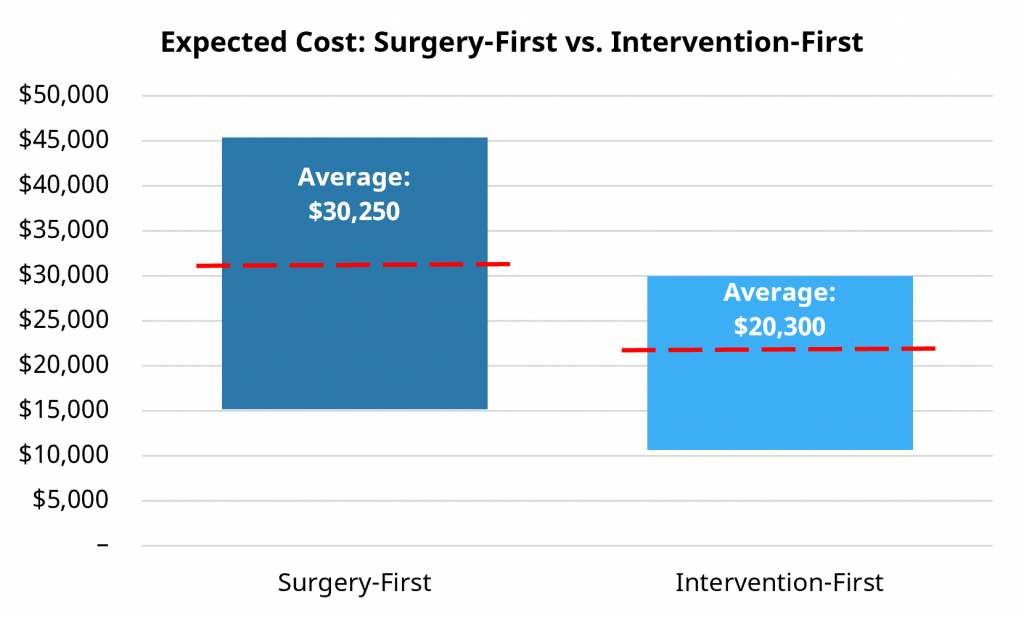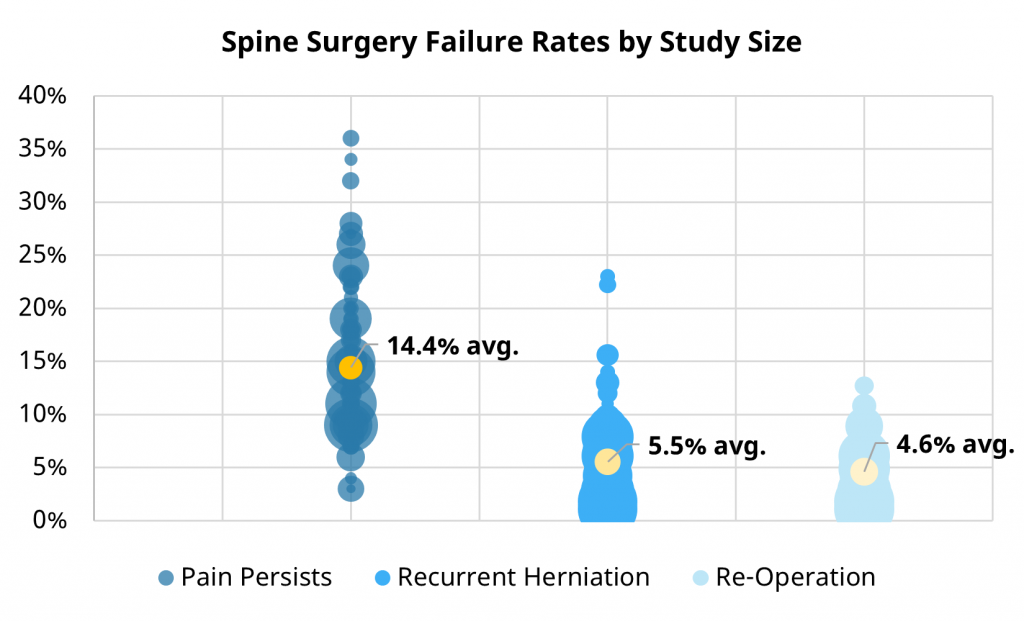World Class Medical Advisory Committee
DxTx Pain & Spine affiliates with physicians and practices that share a common clinical philosophy:
Precisely diagnose and fix the source of the pain rather than masking the symptoms with opioids and other medication.
DxTx Medical Advisory Board members co-authored the US Department of Health and Human Services federal guidelines for the treatment of pain. This report was affirmed by every major medical society across the United States.
HHS Pain Management Task Force
Best Practices Report

Proprietary Clinical Reporting Insights
DxTx reviews clinical guidelines, medication prescribing, and best practices with all affiliates.
Example Reporting:
- Procedural Frequency: Provides a snapshot and detailed view of physician practice patterns relative to peers and industry standards, elevating awareness of trends and new treatments across traditionally isolated and independent groups.
- Medication Prescribing: Provides practice-level, physician-level, and patient-level evaluations of medication prescribing, compliance with state and federal regulations, and benchmarks relative to peers.
PATIENT TESTIMONIALS
Lasting Relief from Chronic Pain
Our clinicians work to address the root cause of the pain – not mask it with opioids – with minimally invasive, non-surgical treatments.
OUR APPROACH
Lower Cost & Safer with Surgery as a Last Resort
Our physicians and providers are experts in the precise diagnosis and treatment of painful conditions – with a focus on getting people back to work, back to family, and back to living as soon as possible.

Intervention-first approaches are roughly 30% more cost-effective than surgery.

Back surgery failure rates can be as high as 33%, which is why DxTx providers use surgery as a last resort.
1) Expected cost considers probabilistic treatment for lumbar disc herniation. Surgery-first assumes 5% transition rate to intervention. Avg. surgery cost is $30,000. Intervention-first assumes 51% transition rate to surgery. Avg. intervention cost is $5,000. Cost range compares treatment for disc herniation, and discogenic pain. Treatment Methods: lumbar discectomy or fusion [Spine Surgery] vs. lumbar interlaminar epidural injections [Intervention] and assumes 44% transition rate to surgery per Buttermann (2004) Sources: “Cost Utility Analysis of Lumbar Interlaminar Epidural Injections in the Treatment of Lumbar Disc Herniation, Central Spinal Stenosis, and Axial or Discogenic Low Back Pain”. Manchikanti, Pampati, Benyamin, Hirsch. Pain Physician 2017 May; “Treatment of Lumbar Disc Herniation: Epidural Steroid Injection Compared with Discectomy”. Butterman. Journal of Bone and Joint 2004.
2) Data is a result of systematic literature review spanning 21,000 spine surgeries to determine the frequency of recurrent back pain after discectomy and quantify its effect on patient-reported outcomes.
How the Treament Process Works
Determining the source of pain, confirming precise diagnosis, and providing a solution for long-term relief.

New Patient
Evaluate patient to determine diagnosis. Order imaging and labs as needed. Schedule follow-up appointment.

Confirm Diagnosis
Review labs and medical history. Make a diagnostic, therapeutic injection at the suspected affected structure.

Lasting Treatment
Deliver long-term treatment with one or a series of interventional procedures. This may require multiple visits.

Monitor and Adjust
Patient is monitored through recurring visits; treatment protocol that can be adjusted anytime, as needed.
Patient Reviews





